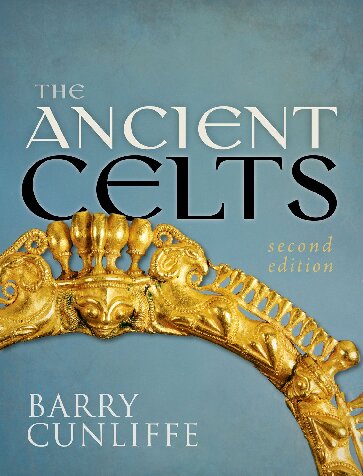(Ebook) The Ancient Celts by Barry Cunliffe ISBN 9780198752929, 019875292X
The First Edition of this book was written twenty years ago when the subject, indeed the validity, of the Celts was being actively debated. Most archaeologists were agreed that our perceptions of the ancient Celts, which had changed little over the last century, were in urgent need of revision. A certain nostalgic cosiness had crept in and although new data was accumulating fast there had been little critical debate. Old mantras about ‘Celticness’ were repeated bringing comfort rather than stimulation. In the debate that followed in the 1990s and the early years of this millennium the way in which the concept of the Celt had been constructed was energetically reassessed, old preconceptions were cast off, and new ways were developed to try to improve our understanding of the European barbarians who were referred to as Celts or Gauls by their Mediterranean neighbours.What became clear, early in the debate, was that the models we had been using were no longer fit for purpose. They were predicated on a theory, first coherently formulated in the early eighteenth century, to explain variations in a language group to which the name ‘Celtic’ had been given. It was not until the early nineteenth century that the nascent discipline of archaeology began slowly to yield relevant data. Since philology was the senior discipline, the findings of the archaeologists were, inevitably, interpreted in terms of the linguistic model. So it was until the last decades of the twentieth century, when it began to become apparent that the archaeological evidence could no longer be forced to fit the old linguistic theories. It was in this atmosphere of new-found confidence that some archaeologists began to consider fresh models suggesting that the Celtic language may have originated in the Atlantic zone of Europe and may have spread eastwards, perhaps as early as the third millennium bc.
*Free conversion of into popular formats such as PDF, DOCX, DOC, AZW, EPUB, and MOBI after payment.


